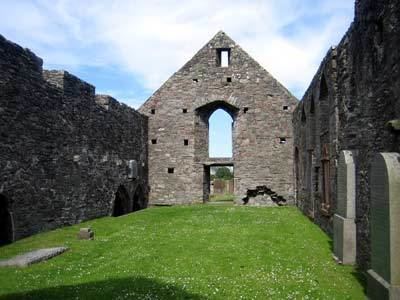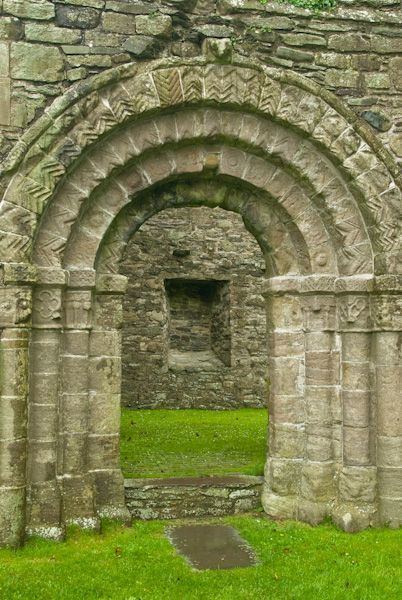 | ||
Similar Glenluce Abbey, Saint Ninian's Chapel, Dundrennan Abbey, Chapel Finian, Sweetheart Abbey | ||
Whithorn priory shining lights
Whithorn Priory was a medieval Scottish monastery that also served as a cathedral, located in Whithorn, Wigtownshire, Dumfries and Galloway.
Contents
History

The priory was founded about the middle of the 12th century by Fergus, the Lord of Galloway, (died 1161) during the reign of King David I of Scotland (died 1153), for a community of Premonstratensian canons regular, referred to colloquially in Britain as the White Canons.

The canons of Whithorn formed the cathedral chapter of the Diocese of Galloway, which was re-established about the same time, also by Fergus, the old succession of bishops having died out in the 8th or 9th centuries. The prior stood next in rank to the bishop, as can be seen from the order of signatories to an episcopal charter early in the 13th century; and the community enjoyed the right of electing the bishop, although this right was occasionally overruled in favour of the secular clergy by the Archbishop of York, of which see Galloway was a suffragan see for several centuries.

The full list of priors has not been preserved; among them were: Maurice, who swore fealty to King Edward I of England in 1296; Gavin Dunbar (1514), who rose to be Archbishop of Glasgow; and James Beaton, successively Archbishop of Glasgow and of St. Andrews, and chancellor of the kingdom. Whithorn was long a noted place of pilgrimage, owing to its connection with the venerated memory of Saint Ninian.

Many Scottish sovereigns, among them Margaret (queen of James III), James IV, and James V, made repeated pilgrimages to the saint's shrine, and left rich offerings behind them. The monastery, thus endowed, became opulent, and its income at the its dissolution under the Scottish Reformation was estimated at over £1000. Possibly as a result, the priory was put under the rule of a commendatory prior in 1516. The last Catholic prior, Malcolm Fleming (d. 1568), was committed to prison in 1563 for the crime of saying Mass.
The whole property of the priory was vested in the Crown by the annexation act of 1587, and was granted in 1606 by King James VI to the occupant of the See of Galloway when he established Episcopalianism in Scotland in that same year.
Dissolution
The monastery lands continued to belong to the bishopric until the revolution of 1688, at which date that see was the richest in the kingdom next to St. Andrews and Glasgow. The priory church, which served also as the cathedral of the diocese, had a long nave without aisles, a choir of about the same length, and a lady chapel beyond.
In 1684 the nave and western tower were still intact; but the existing remains consist only of the roofless nave and the extensive vaulted crypts constructed under the eastern end of the church. Such restoration as was possible has been carefully carried out by the third Marquis of Bute.
